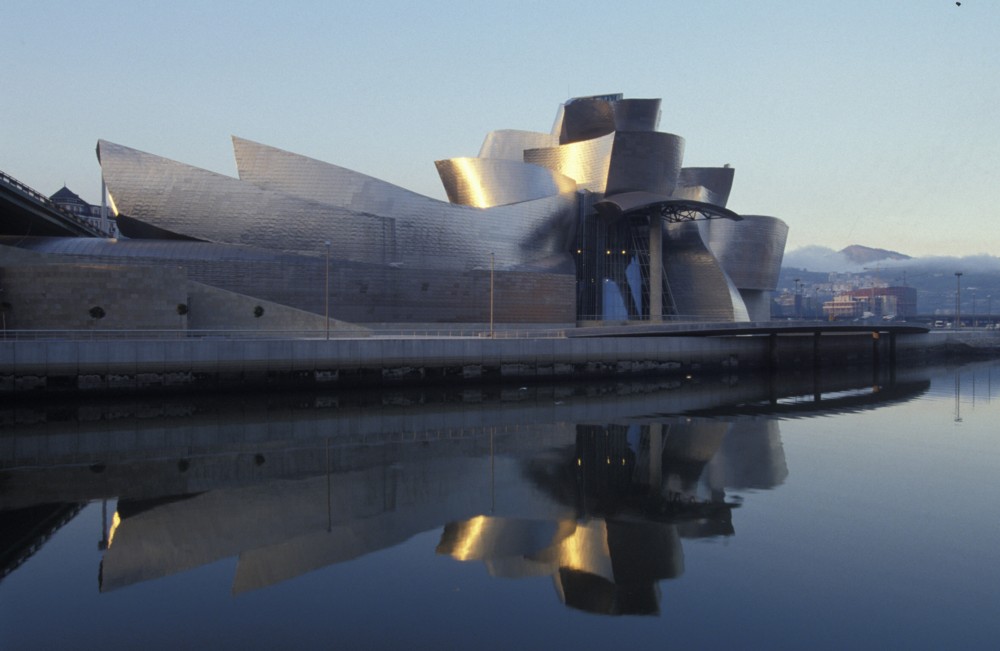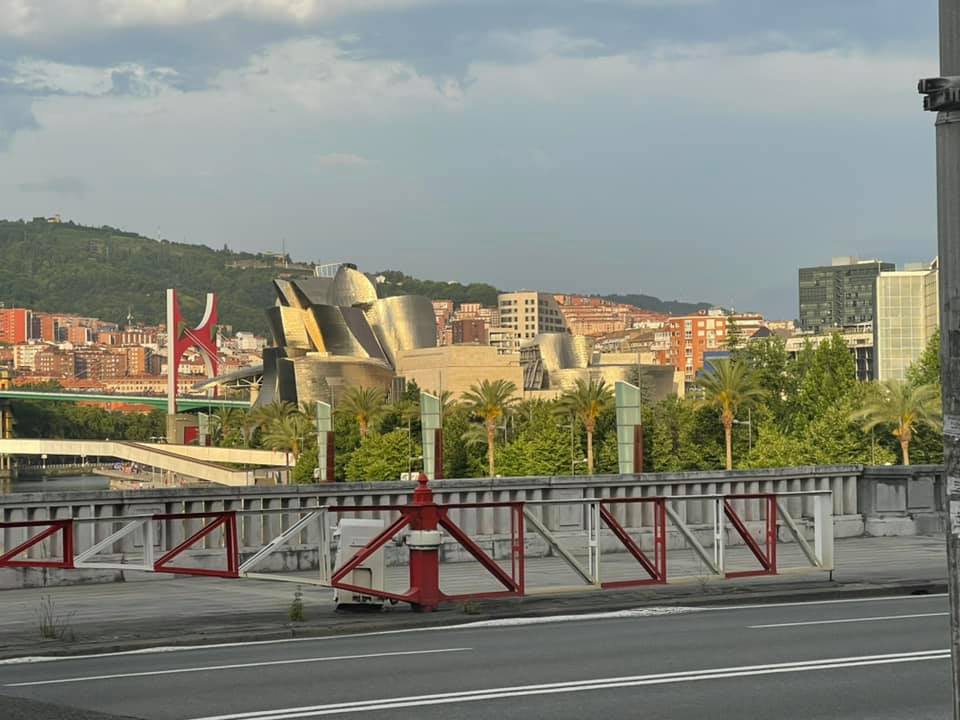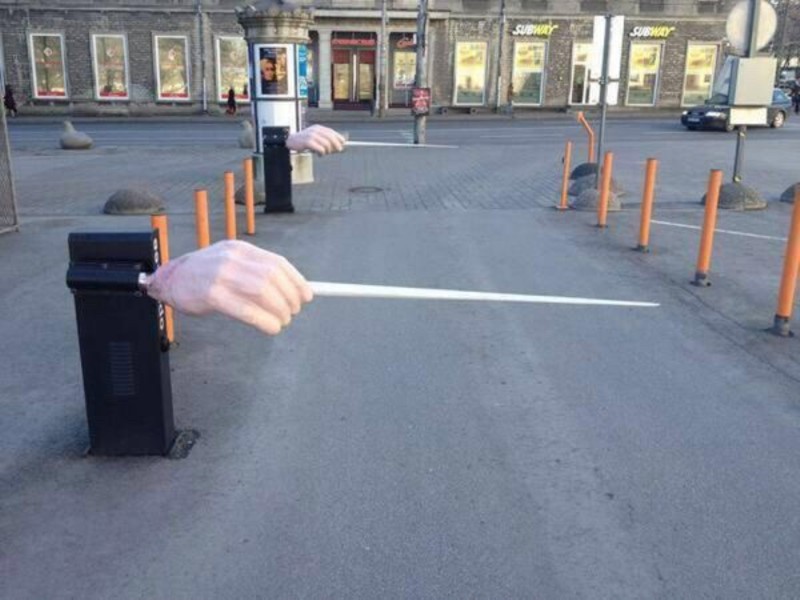Anton Howes has been asking himself Why Didn’t the Ottomans Print More? In the course of sketching an answer, he says interesting things about how printing did get started in Europe:
When we think of the invention of the Gutenberg press, we often associate it with the spread of the Reformation a few decades later. We imagine presses hidden away in people’s basements, where ordinary citizens might churn out subversive tracts. The printing press, with the benefit of hindsight, seems inextricably linked with the spread of heresy, radicalism, and revolution. Yet in the late fifteenth century, before the Reformation, it was a technology that usually enjoyed, and perhaps even required, extraordinary encouragement from the authorities. Printing presses on their own are huge and heavy, even before accounting for the cases of type, the moulds or matrices required to cast new type when it began to wear out, and the punches used to make the moulds in the first place. It was a costly, capital-intensive business, requiring huge investment before you could print your very first page.
Many of the very first printers were either directly funded by rulers, or else obtained special privileges from them. The Gutenberg press didn’t immediately spread from Mainz to the major nearby cities of Stuttgart, Heidelberg, Würzburg, or Koblenz, as we might expect, but leapfrogged them all to Bamberg, where one was set up by the secretary to the city’s prince-bishop. Many of the much closer and larger cities don’t seem to have got their first presses until decades later. Even Venice gained printing earlier, in 1469, when its senate granted a five-year patent monopoly to a German to introduce the art. And when the printing market became over-crowded, Venice also granted temporary monopolies over the printing of particular texts — an extraordinary level of interference in an industry, which was only justifiable in light of the major up-front costs of deciding to print a book.
Such policies were soon replicated abroad. The first press in France was set up by the university of Paris, and the king granted citizenship to the foreign workmen who installed it. The first Italian press, too, was introduced with the support of a cardinal to the monastery of Subiaco, after which it moved to Rome. When it ran into financial difficulties after printing too much, it was bailed out by the Pope. And as the press spread even further afield, the greater the encouragement it required. Far-off Scotland in 1507 granted a monopoly to two printers not just over the use of a printing press, but over all imports of printed works too.
Are you thinking: internet. I am. That also kicked off as an official, government-sponsored project, did it not? Only later did it spread outwards, to mere people, to do more disruptive stuff, which now looks like it may include reversing many of the original nationalistic impacts of printing.
Governments start by seeing only the advantages to themselves of whatever it is, only later to discover that others become empowered also.
See also: drones.
The Howes thesis is that, at first, the Islamic world didn’t so much suppress printing as merely fail to encourage it, at the time when it needed encouraging. And I guess that once printing then got into its disruptive stride, then it became clear what a threat it might be to established beliefs and established government, and the Islamic discouragement, so to speak, kicked in.
I have just signed up to give Howes £100 a year. This may not got on for long, but it’s something. This item of person-to-person internet support is a first for me. I wonder how many such supporters he has?







